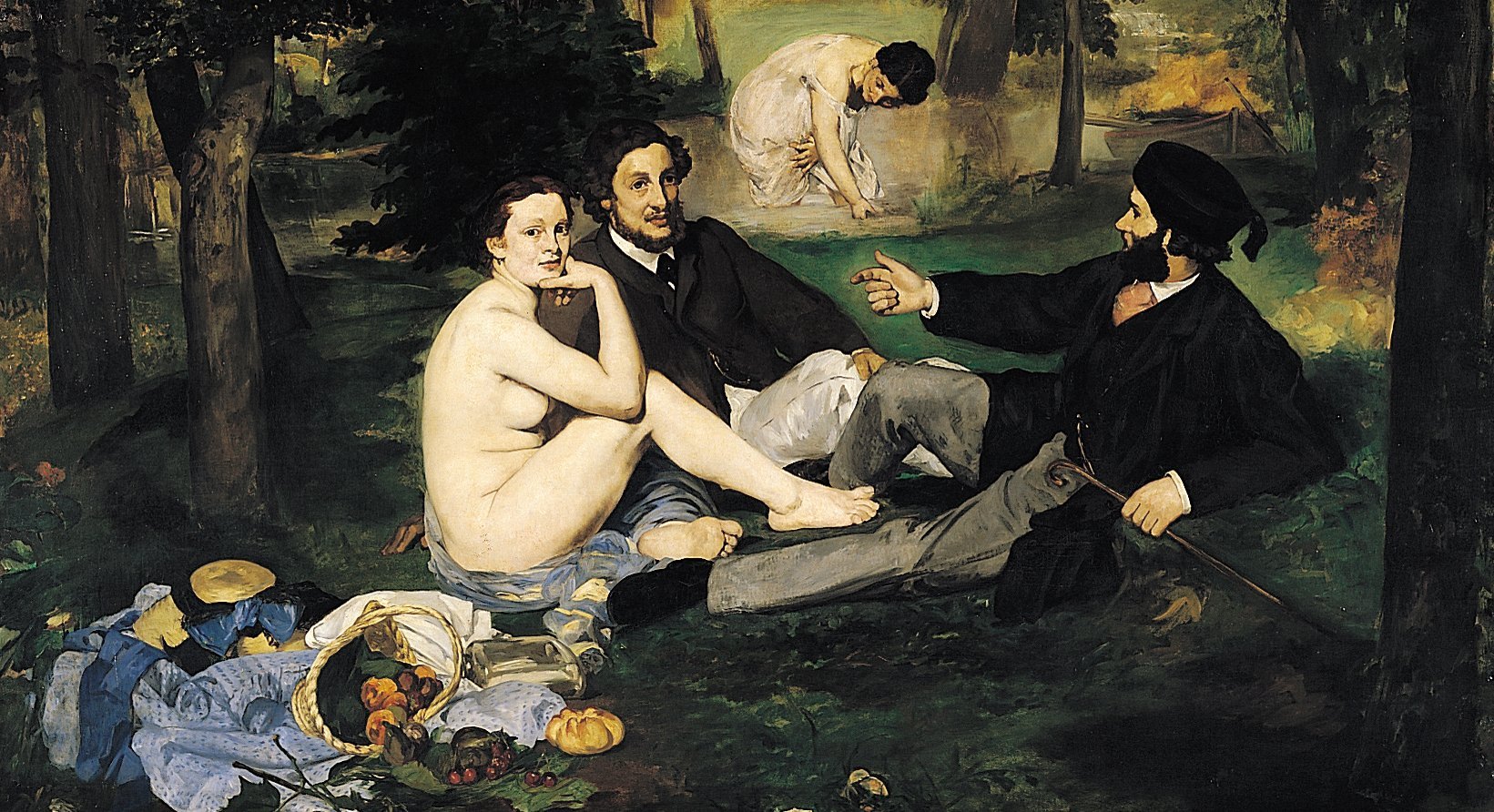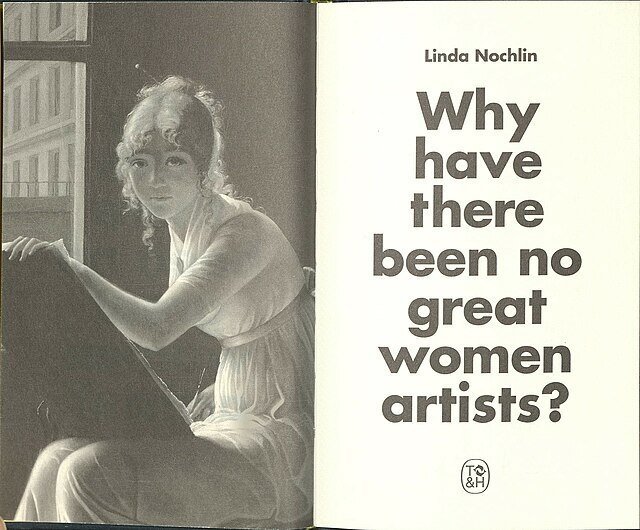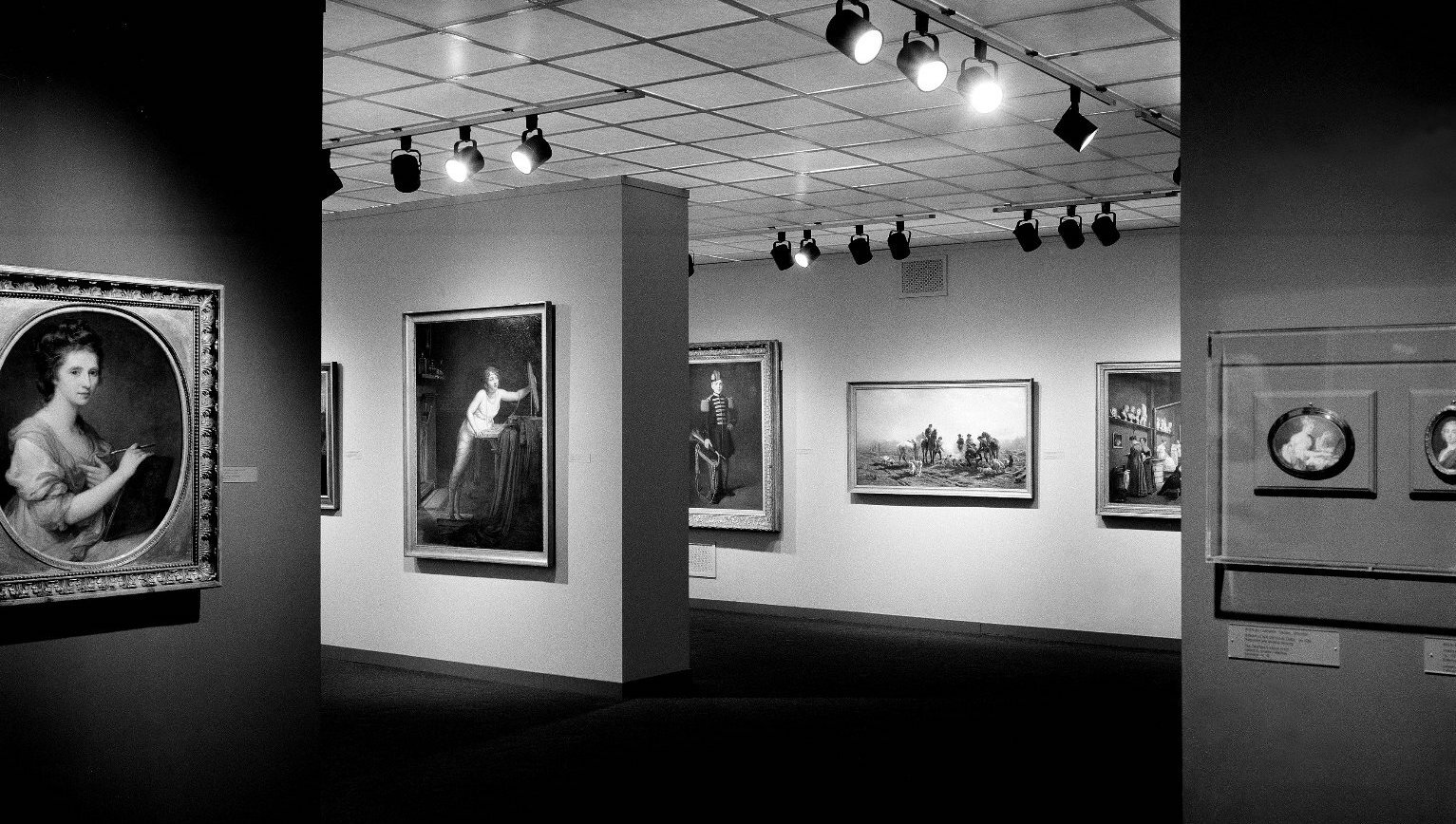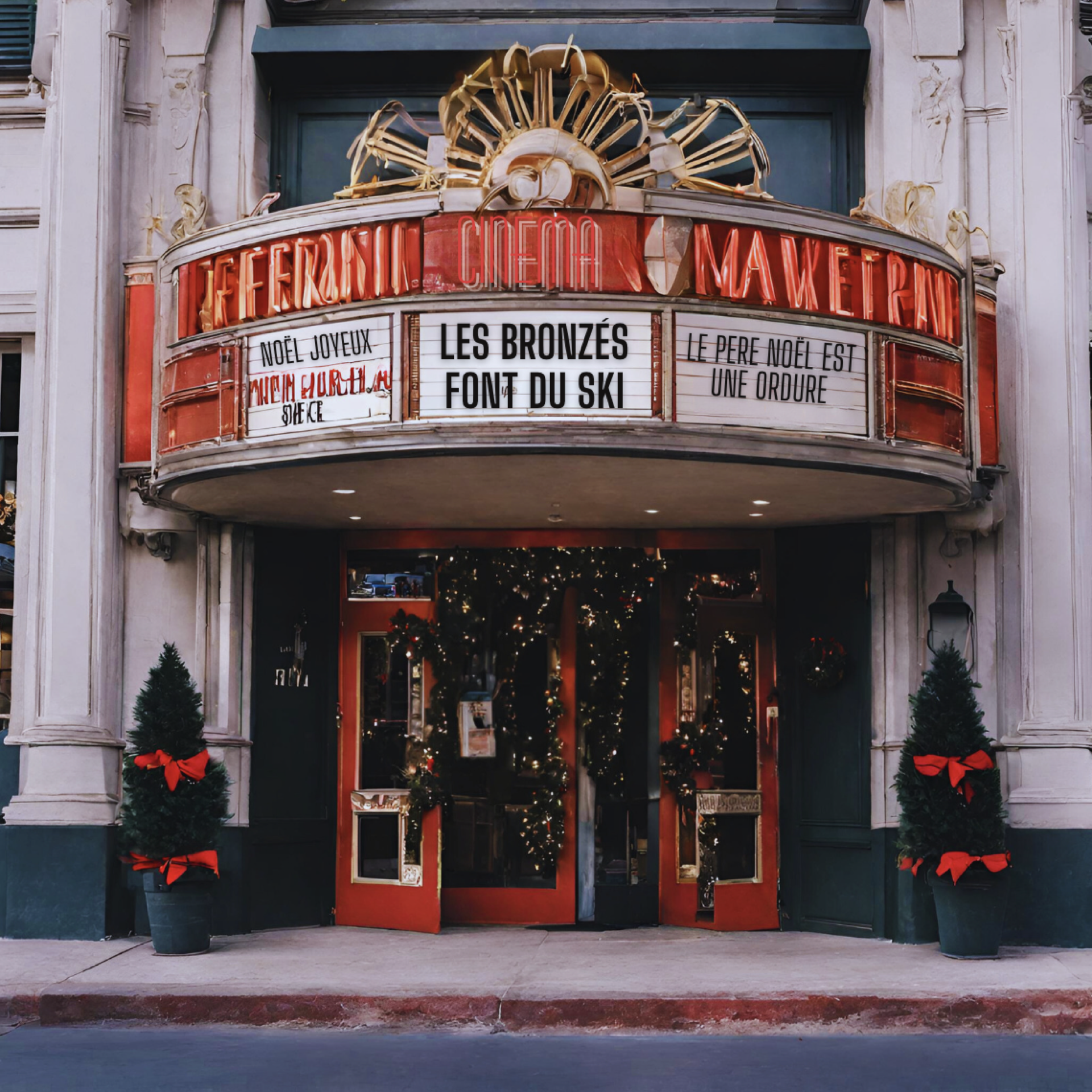The winter edition of our bilingual magazine La Gazette is out! You can come get your free copy of the magazine at our NYC and LA locations or get it shipped directly to you with the Gazette Subscription! Here’s a sneak peek of the issue…
Who are the greatest French artists? Whose work left an indelible mark on art history? Our minds go straight to impressionists like Claude Monet and his Water Lilies, Degas and his dancers or Renoir and the Déjeuner des Canotiers (that you’ve probably seen in this scene of Amélie!), not to mention Matisse’s revolutionary Dance in modern art… just to name a few!
Yet, amid these luminaries, a noticeable void persists: Where are the women? The under-representation of female artists in the art world is a nuanced issue, intricately linked to the history of women’s rights. Join us as we navigate this exploration of women’s roles in art history. Don’t miss the second part of this article where we spotlight five female French artists who have left a significant mark on the art world yet remain little-known!
By Stephanie Hemmer
A little bit of history

Édouard Manet, Le Déjeuner sur l’herbe (1863)
At all times and everywhere in the world, art history was essentially masculine. Women were only seen as “the wives of,” “the daughters of” or “the muses of.” As if they needed a man to be considered an artist, or to have a legitimate career. In the 17th and 18th centuries, the major French institutions and schools, like the prestigious Académie Royale de Peinture et de Sculpture and l’École des Beaux-Arts, accepted only a few—if any—women.
Hélène Bertaux (1825-1909) played a central role in the education and recognition of women artists. She opened a sculpture school exclusively for women in 1880. The following year, she founded the “Union des femmes Peintres et Sculpteurs” (Women Painters and Sculptors’ Union) and served as its first President until 1894, when she devoted herself full-time to gaining admission for women at the École. As a result of her efforts, the school accepted its very first female student in 1897 and began admitting them on a regular basis by 1900. Even then, women were not allowed to attend all classes or to have access to a studio.
THE WOMEN’S RIGHTS MOVEMENT IN FRANCE
This situation was just a reflection of the greater social and political context of that time. In France, women had to wait until 1944 before being able to vote and couldn’t work without their husband’s permission until 1965. This also explains why they were not taken seriously as artists. Over the centuries, many people have fought in favor of women’s rights and gender equality in France. Among them, the philosopher Simone de Beauvoir (pictured above) and politician Simone Veil. But despite their efforts, progress on women’s rights has been slow and difficult.
In the 60s, a new generation of women began mobilizing to gain recognition of their rights. In France, the 1968 revolution accelerated this mobilization, and feminist movements began to emerge. In 1970, the Mouvement de Libération des Femmes (Women’s Liberation Movement) was founded, and in 1975 the right to abortion was legalized with the Veil Law. It’s in that context that the question of women’s place in art history began to be raised.
WHY HAVE THERE BEEN NO GREAT WOMEN ARTISTS?
The American art historian Linda Nochlin was one of the first people to speak about it in her article, Why Have There Been No Great Women Artists?, published in ARTnews in 1971. In this article that shook up the art world, she explains that it’s impossible to judge men and women’s artistic production in the same way, given that they have had neither the same rights nor the same access to institutions.

Alongside Ann Sutherland Harris, Linda Nochlin also organized the very first exhibition devoted exclusively to women artists: Women artists 1550-1950, which took place from December 1976 to March 1977 at the Los Angeles County Museum of Art. The exhibition was a success, and helped pave the way for change.

The consequences of history are still felt nowadays, as explained in this Forbes article and this Yale study. However, since the late 70’s, the art world has been gradually attempting to give women artists the importance and the room they deserve. More and more museums and galleries around the world are devoting exhibitions and retrospectives to women artists. We’ll introduce you to some of them in part 2!
GO FURTHER… EN FRANÇAIS!
- Watch this cool and short video about the place of women in the art world.
- Watch this short video about the birth of the Women’s Liberation Movement in France.
- Listen to this podcast series about the life and work of Simone de Beauvoir.
- Watch this interview of Simone Veil “Why I’m a feminist” (with English subtitles)
- If you’re in Lille before March 11th, check out the exhibition “Où sont les femmes?” (lit. “Where are the women?”) at the Palais Beaux-Arts de Lille.
- Listen to the podcast series “Histoire de l’art au féminin” by Art Talks, available on Spotify and Apple Podcasts.
- Listen to the podcast Venus s’épilait-elle la Chatte that deconstructs Western Art History.
- The AWARE (Archives of Women Artists, Research and Exhibitions) association works towards making women artists of the 19th and 20th centuries more visible by producing and posting free, fully bilingual French/English content on their website!





